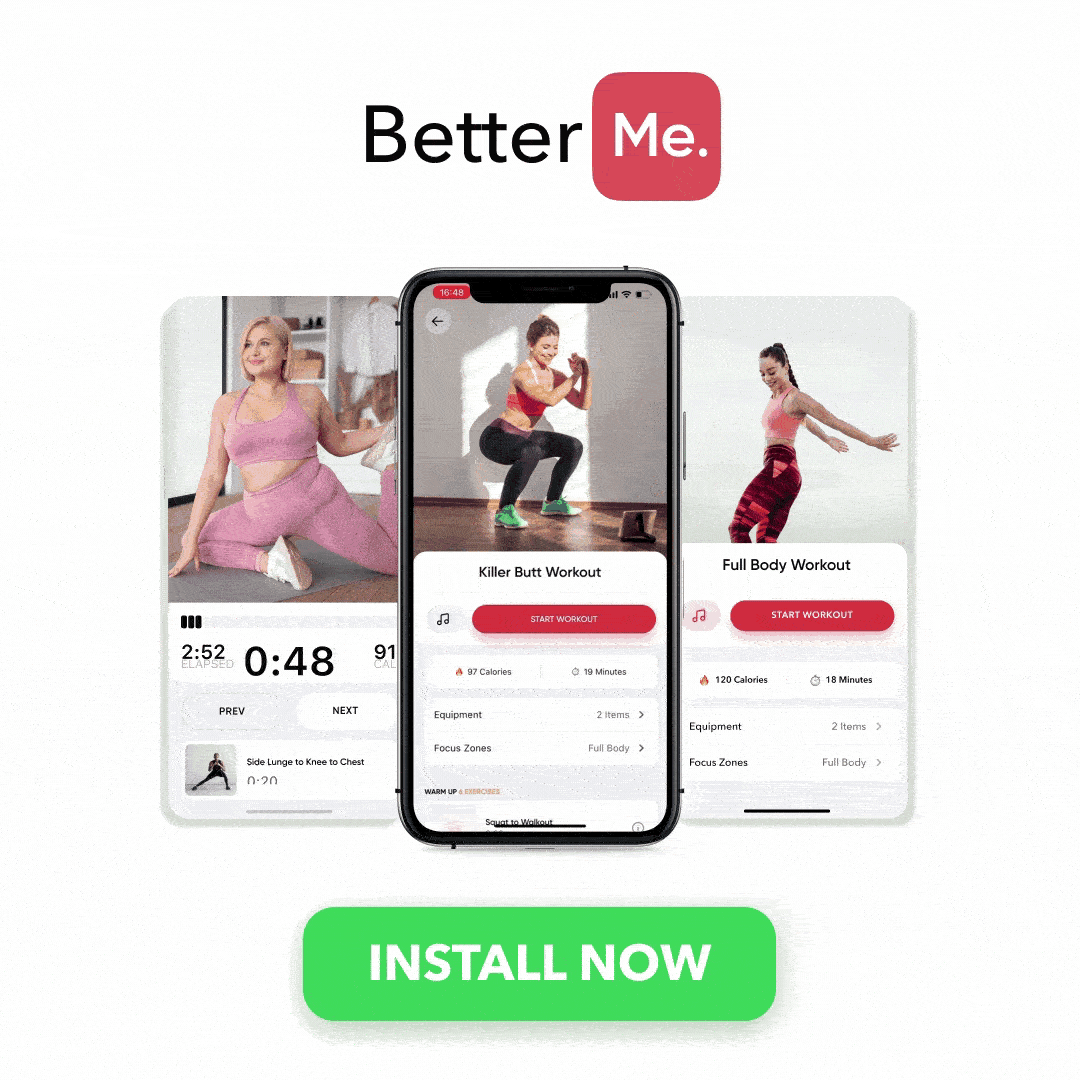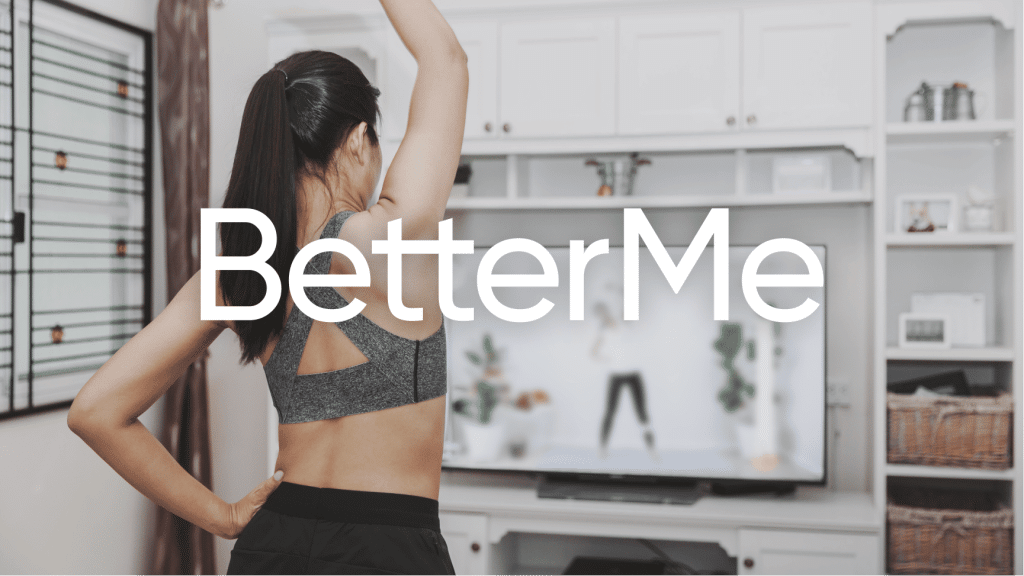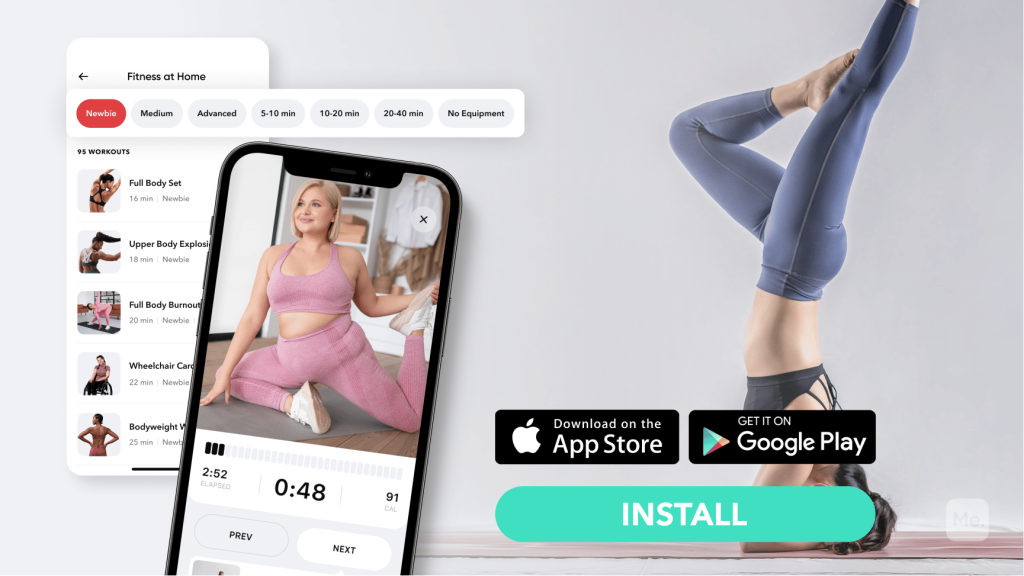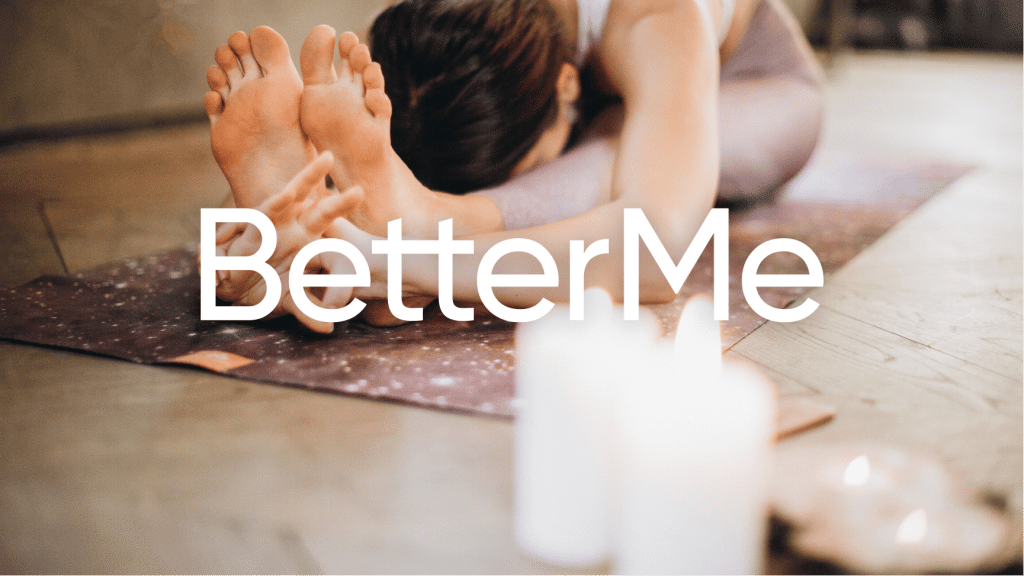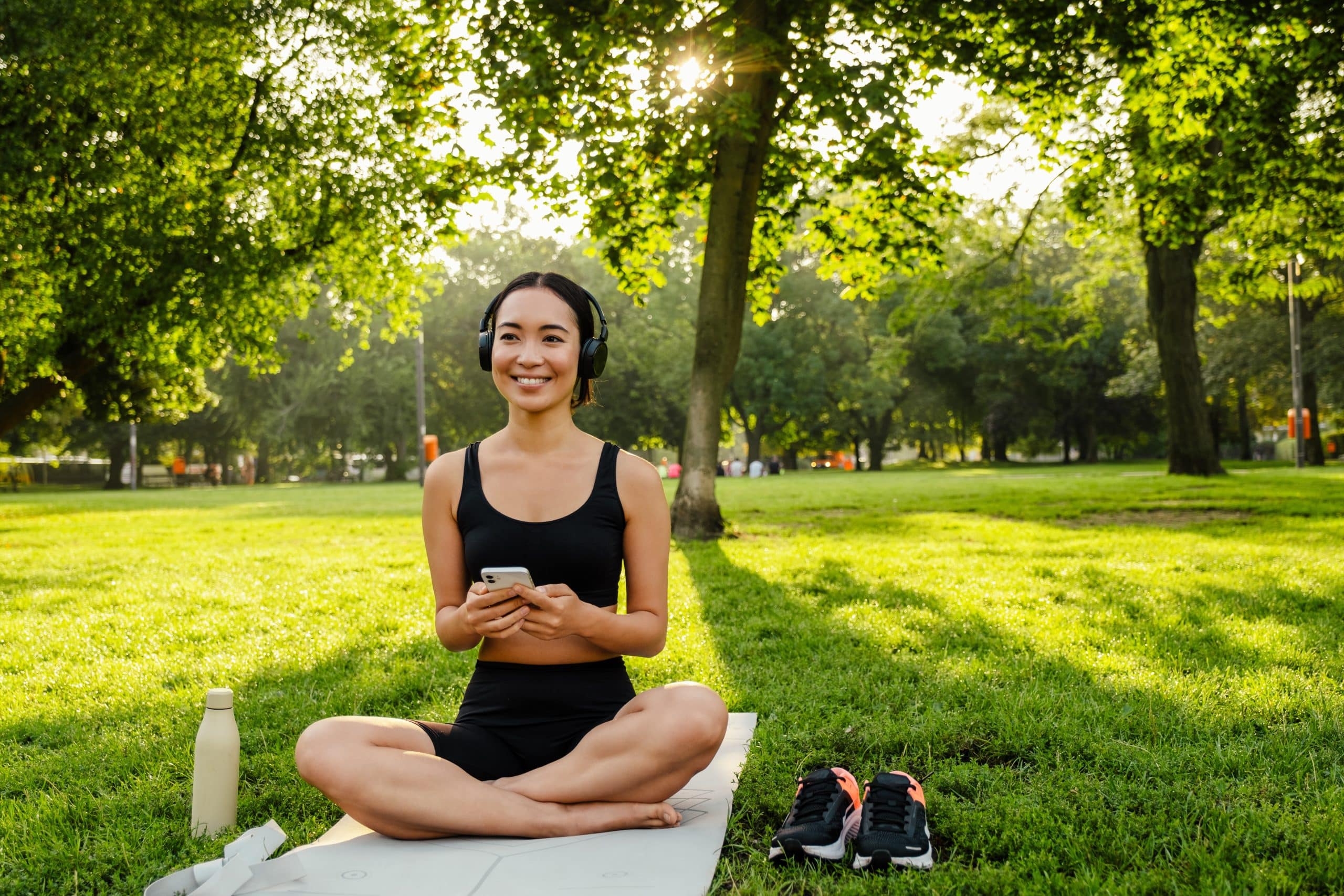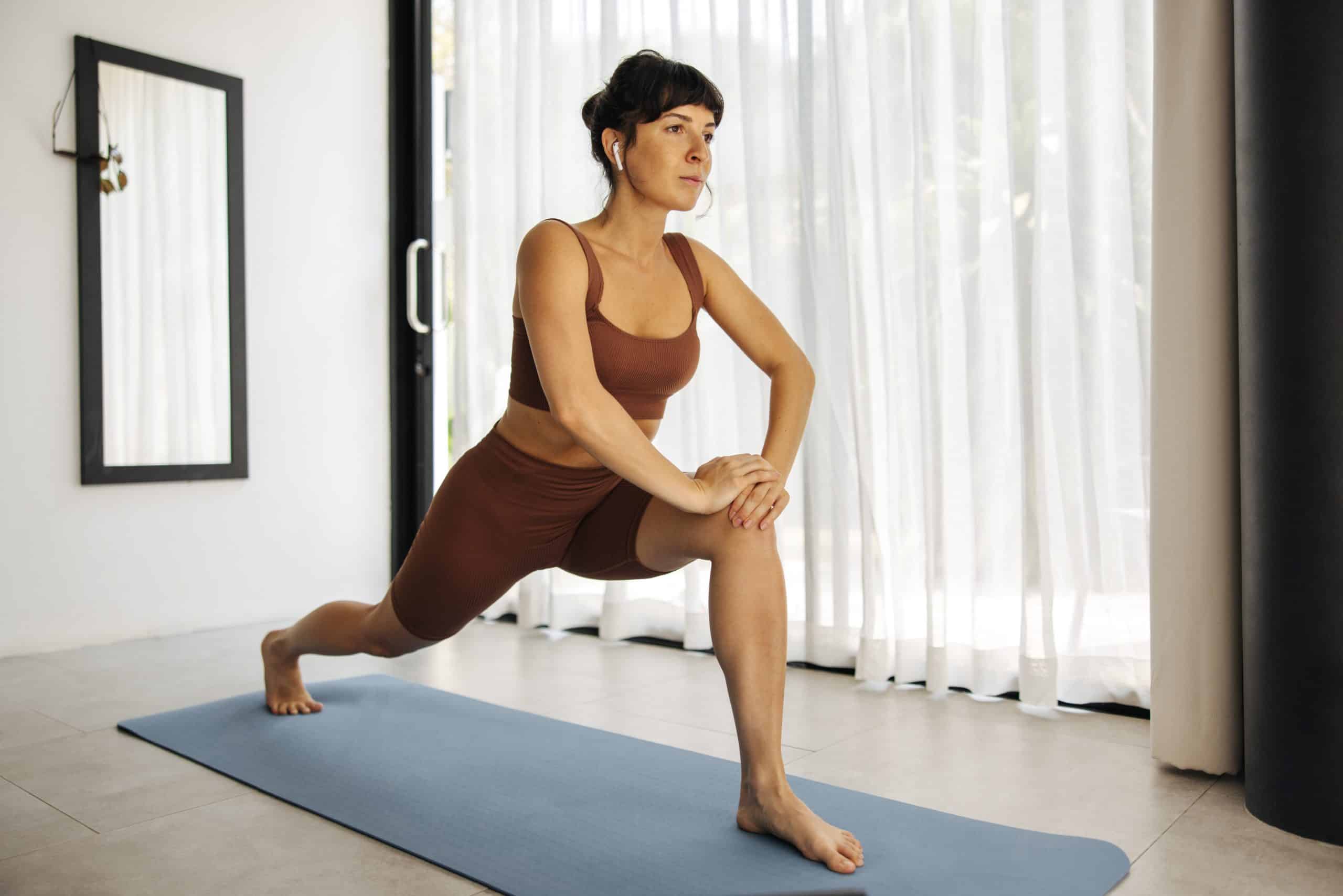A strong upper body is the number one aim for a wide range of athletes and beginners. Why so? That’s because it brings some important benefits, beginning from a better posture to more advanced performance. With that in mind, note that there are many ways through which you can make your arms, back, and shoulders stronger.
The bodyweight inverted row is probably the perfect option for athletes who use this exercise as a warm-up, and for beginners who desire to build strength in their upper body, however pull-ups seem to be too challenging for most.
Pull-ups require more stamina and strength in arms. That’s why they are not the best activity for beginners. Inverted bodyweight rows require less stamina and strength but they still work those muscles perfectly. Due to a horizontal position, this exercise is easier to perform.
Once you get stronger you can switch to pull-ups and use inverted rows as a preparatory exercise. The good news is that you can perform this exercise even at home. All you need is a proper technique and enough motivation to continue the process.
If you are curious to know how to reap your back muscles with an inverted bodyweight row and discover its alternatives, then keep reading the article.
What Is An Inverted Bodyweight Row?
The bodyweight row exercise activates upper-body muscles. To get a clear idea of this movement, imagine push-ups. Pushups can strengthen and tone many essential upper-body muscles and the core (5).
However, instead of placing your hands on the ground, you have to grasp a bar in front of you. Inverted bodyweight rows are a useful warm-up activity for different compound exercises, like bench presses, deadlifts, and push-ups.
There are other variations of inverted rows: the upright row, the back rows, the underhand barbell row, the barbell row, and the dumbbell row.
Are Inverted Rows Good For Posture?
Since online jobs took over our time, many of us sit at our laptops daily, and forget about our posture. Good posture does not only boost our confidence and make us look taller, but it also offers long-term benefits for our health because it:
- reduces back pain
- improves digestion, circulation, flexibility, and respiration
- reduces stress on our joints and muscles
- decreases the risk of injury (2).
Since a strong back is essential for stability and posture, an inverted bodyweight row is perfect training to improve your posture.
Read More: Shoulder And Back Workout For Females: The Best Exercises For A Sexy Back And Toned Shoulders
Are Inverted Rows As Good As Pull-Ups?
Bodyweight inverted row is often compared to pull-ups since both of these exercises work your back muscles. Nonetheless, there are a few differences between them:
- Movement pattern: An inverted row is a horizontal pull while the pull-up is a vertical pull which makes the first one much easier than the latter one. When you perform a traditional pushup the pull-up bar enables you to lift yourself vertically off the ground from a standing position. When doing the bodyweight inverted row, you raise yourself horizontally from a lying position.
- Range of motion: The traditional inverted bar row uses a smaller range of motion compared to a full pull-up.
- Activated muscles: Both inverted bar rows and pull-ups work out the same muscle groups, but they put emphasis on different areas of the back. The inverted row prioritizes your rhomboids. Rhomboid muscles are an essential group of muscles in the upper back which allow you to throw, pull, move your arms overhead, and rotate your torso (4). The pull-up focuses on the lats more. Latissimus dorsi are your back muscles that help your arms and shoulders move (1).
People are advised to incorporate these two exercises into their sports routine since they focus on different areas of the back and require different strengths. As was mentioned earlier, beginners should start training their upper body with bodyweight bar inverted rows which put less pressure on their arms. Only after gaining enough strength can you confidently engage in pull-ups.
What Is The Purpose Of An Inverted Row?
People engage in bodyweight inverted rows for different purposes: they desire to get stronger arms to lift heavier loads, aim to build toned beautiful arms to show off, or simply want to stay in shape.
To conclude all these purposes it is clear that all the athletes and beginners who perform an inverted bodyweight at home or at the gym seek health improvement.
That said, good posture and stronger arms are not the only things that an inverted row can propose. With this exercise, you will:
- Prepare your body effectively for pull-ups. An inverted row engages more muscles compared to pull-ups. For instance, the biceps are not worked enough when you do pull-ups. Bodyweight inverted rows work out the biceps perfectly since you can feel more emphasis on these arm muscles.
- Easily incorporate inverted rows into other upper-body workouts. On top of that, you can create a set combination when you do the bar rows and then switch to pushups.
- Improve grip strength. Forearms and biceps contribute to grip strength, and the inverted row trains these muscles hard enough. The strengthening of the gripping muscles allows you to lift heavier loads and reduces the mortality risk (3).
- Improves stability. Safe weightlifting is impossible without stability. Core stability gives support to your spine while shoulder stability is vital to overhead weightlifting. An inverted row workout promotes better stability.
BetterMe app is a foolproof way to go from zero to a weight loss hero in a safe and sustainable way! What are you waiting for? Start transforming your body now!
What Muscles Do Underhand Inverted Rows Work?
An inverted bar row targets different kinds of muscles of the upper, abdominals, and lower body. The inverted row muscles that are worked during the training are as follows:
Upper body:
- latissimus dorsi
- teres minor
- biceps
- trapezius
- infraspinatus
- erector spinae
- posterior deltoids
- rhomboids
- forearms
Lower body:
- glutes
- hamstrings
Abdominals:
- external and internal obliques
- rectus abdominis
How To Make An Inverted Row In A Bar?
A bodyweight inverted row bar like many other upper-body exercises should be performed with a proper technique. You should aim for 2-3 sets of 8-12 repetitions.
Instructions on how to perform the training:
- Set up a barbell on the inverted row machine at waist height.
- Lie underneath the barbell and look at the ceiling.
- Reach for the bar and grab the barbell slightly with an overhand grip. Keep your arms fully extended.
- Contract your core muscles and pull your hips up by squeezing your glutes. Create a straight line with your body from head to toe. Make sure your chin remains tucked throughout the movement.
- Leading with your chest, pull yourself up. The bar should be at chest height, your glutes should be tight and your body needs to be straight throughout the whole movement. Keep your wrists in a neutral position.
- Retract your shoulder blades (imagine you are squeezing the ball between the blades) as you pull your body toward the barbell. Your upper arms should remain in line with your body.
- Don’t touch your chest to the bar but get as close as possible.
- Pause for a second and lower to a starting position with fully extended arms.
- Repeat again.
How To Avoid Injury
People with previous or pre-existing health conditions are advised to consult their physician before beginning an inverted row bar. With the proper exercise technique, they are going to ensure the safety and effectiveness of an exercise program. People can modify each exercise to attain optimal results based on their needs. For the best results people should:
- Select a weight that allows having full control of their body throughout the movement.
- Pay attention to their body when performing any exercise, and stop immediately if you note pain or discomfort.
- Integrate proper warm-ups, rest, and nutrition into their training program.
- Recover from the workouts. Good rest after intensive training is important and people often neglect it. However, muscle recovery should be present in such kinds of exercise programs. Therefore, rest for 24 to 48 hours before training the same group of muscles.
Read More: 10 Trapezius Strength Exercises For A Stronger Back
Where Can I Do Inverted Rows At Home?
You might lack a pull-up bar, standard weights, or a squat rack at home unless you transformed one of your favorite rooms into a “gym room”. The back muscles are the hardest to work on while working out from home. Gyms are loaded with special equipment for your back that specifically targets your back muscles.
Does that mean you can’t do a bodyweight inverted row at home? Nonsense. Everything is possible with motivation and little imagination.
Check out four effective ways to incorporate inverted rows into your home-based sports routine. They are easy and, most importantly, can be done from home.
1. Dowel+Chairs Row
This setup works out your back muscles incredibly well. Make sure you have bought the right types of chairs and a sturdy dowel that will support your body weight. Chairs should be flat, not with curved seats and a dowel. Please note, your safety will depend on the proper techniques and the right sturdy dowel.
Place the chairs and the dowel in a way that the dowel and the backs of the chairs are facing each other. The dowel should be lying horizontally across the chairs. Lie down between the chairs similarly and with a glute bridge position, grab the dowl with your hands extended, and row your body upwards as high as you can go so that your chest touches the rod, then lower yourself with control.
2. Table Inverted Row
Tables may have different purposes: you use them to dine with your relatives, showcase your antiques, or do inverted rows. Performing bodyweight inverted rows are possible only with a heavy and strong table. Take some time to ensure your table can support your body weight and will not break on top of you. Safety is above everything.
Your table needs to have enough space underneath so you could place your legs there. In order to perform this exercise, you need to go underneath the table and grab the table surface with your hands. Once you are ready, you can pull up and down, doing multiple repetitions.
3. Bed Sheet Inverted Row
Grab a bedsheet and tie a knot in one corner. Anchor the knot over the top of a door and shut it. Place the knot on the opposite side of the direction in which the door moves to shut.
Grab the bedsheet with both hands and carefully lower the body back with your arms extended. Press your feet up against or close to the door.
Keeping your body straight and your glutes squeezed, drive the elbows into the ground to pull your body up. Drag your elbows to your hips, then lower yourself back down until the arms are fully extended again.
4. Partner/Friend/Relative Inverted Row
This time you will need a strong person who can support your body weight. When this person gets in the bent-over hinge position, you should clasp your hands around their upper arms and get into the top of the glute bridge position underneath them. Row your body up and down. Remember, your partner must be strong enough to hold you tightly.
These are the four good ways to perform an inverted bodyweight row at home. Remember, your safety is essential. If you are not sure about the sturdiness of the chairs, table, or the strength of your friend, look for other ways to complete this activity at home.
Intense sweat sessions, working weight loss tips, lip-smacking recipes come in one package with the BetterMe app. And all of it is at your fingertips, start transforming your life now!
What Can I Do Instead Of Inverted Rows?
Since inverted rows are not always convenient, some people can’t perform them and instead seek other ways to build muscle mass. These alternatives for inverted bodyweight rows also help stabilize the body, improve power, and they focus on practically the same muscle groups.
If you attend the gym and inverted rows seem more like a warm-up to you then you can switch to these other 4 upper-body exercises.
Barbell Bent Over Row
This exercise targets the main muscle groups in the upper section of the posterior chain.
How to perform:
- Place your feet in line with your hips and hinge at the waist to take hold of the bar, with slightly bent knees.
- Keep your back straight, and elbows close to your body.
- Pull the bar into your midsection, squeezing your back muscles then lower the bar back down to just below your knees.
- Repeat 10-12 times.
Keep your elbows tight to ensure the proper form. Don’t let them flare out to the side.
Pull-Ups
Getting the hang of an inverted row bar makes the pull-ups easier but not less challenging. This exercise is regarded to be the hardest one since it gets your whole upper body working.
How to perform:
- Grab the bar with both hands in line with your shoulders and ensure your palms face away from you.
- Hang from the bar with extended arms. If your feet are touching the floor, then bend your knees.
- Pull yourself up until your chin is just above the bar.
- Lower back down and repeat.
- Repeat 8-12 times.
Single-Arm Dumbbell Row
You work your muscles even harder when isolating one side of your back. That is why this training does not engage your core but instead puts more emphasis on your muscles.
How to perform it:
- Place the dumbbell on the floor.
- Put your right leg on the bench with your knee and shin laying along with it.
- Your left leg should be extended next to the bench. Support yourself with your right hand at the upper end of the bench.
- With your left hand, extend your arm down and grab the dumbbell with your palm facing inward.
- Lift the weight off of the ground keeping your back straight.
- Bend the arm and pull the weight into your midsection. Hold there for 1-2 seconds.
- Lower the weight back down until your arm is extended again.
- Repeat 10- 12 reps on one arm and switch arms.
Upright Row
This is a good training activity since you work out your shoulders and back with no help from the legs.
How to perform it:
- Hold a barbell in front of you with straight arms.
- Pull the bar up to your chin and engage your core, ensuring your elbows are above your shoulders.
- Lower the bar back to the starting position.
- Repeat 12-15 times.
Reverse Fly
This is a relatively easy exercise that focuses on the power in the posterior chain.
How to perform it:
- Hinge forward holding dumbbells in each hand and bend your knees slightly.
- Keep the dumbbells in front of you with your palms facing each other. Your arms should be extended but not locked out.
- Raise the dumbbells out to the side, slightly bending your arms and pinning your shoulder blades together.
- Hold for a moment and bring the dumbbells back in front of you.
- Repeat 10-12 times.
You can intermix these activities with other upper-body exercises along with an inverted row. Stay safe during each training and in case of any repeating pain stop the workout and consult a physician.
The Bottom Line
You can reap your muscles with an inverted bodyweight row at home or at the gym. This is an excellent preparation activity for people who aim to build stronger upper-body muscles without exhilarating pull-ups.
Bodyweight inverted rows improve stability and grip strength which allows to perform upper-body training with heavier loads. In addition, this exercise targets the same muscle groups as pull-ups but is regarded to be easier.
Bodyweight inverted rows can be performed at home with a few essential and safe setups. On top of that, beginners and athletes can take advantage of the inverted rows bar alternatives.
People are advised to consult a doctor before beginning any physical training or in case of unpleasant pain during workouts.
DISCLAIMER:
This article is intended for general informational purposes only and does not serve to address individual circumstances. It is not a substitute for professional advice or help and should not be relied on for making any kind of decision-making. Any action taken as a direct or indirect result of the information in this article is entirely at your own risk and is your sole responsibility.
BetterMe, its content staff, and its medical advisors accept no responsibility for inaccuracies, errors, misstatements, inconsistencies, or omissions and specifically disclaim any liability, loss or risk, personal, professional or otherwise, which may be incurred as a consequence, directly or indirectly, of the use and/or application of any content.
You should always seek the advice of your physician or other qualified health provider with any questions you may have regarding a medical condition or your specific situation. Never disregard professional medical advice or delay seeking it because of BetterMe content. If you suspect or think you may have a medical emergency, call your doctor.
SOURCES:
- 3 Best Exercises for a Lats Workout (2022, webmd.com)
- Exercises and tips for better posture (2022, medicalnewstoday.com)
- Muscular Grip Strength Estimates Of The U.S. Population From The National Health And Nutrition Examination Survey 2011–2012 (2020, ncbi.nlm.nih.gov)
- What to Know About Rhomboid Muscle Pain (2021, webmd.com)
- Which muscles do pushups work? (2018, medicalnewstoday.com)

